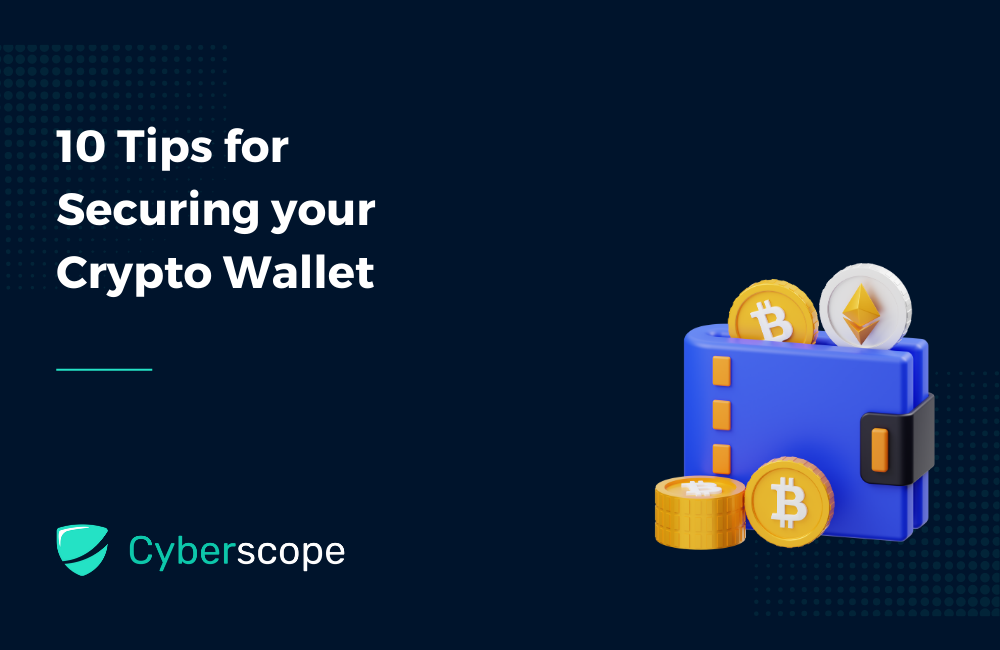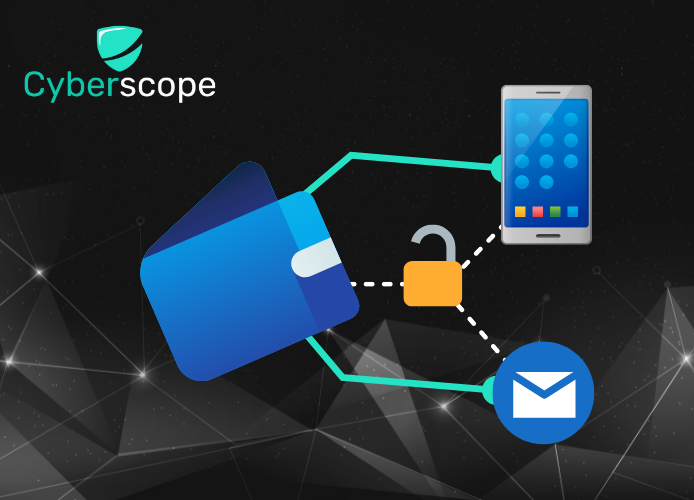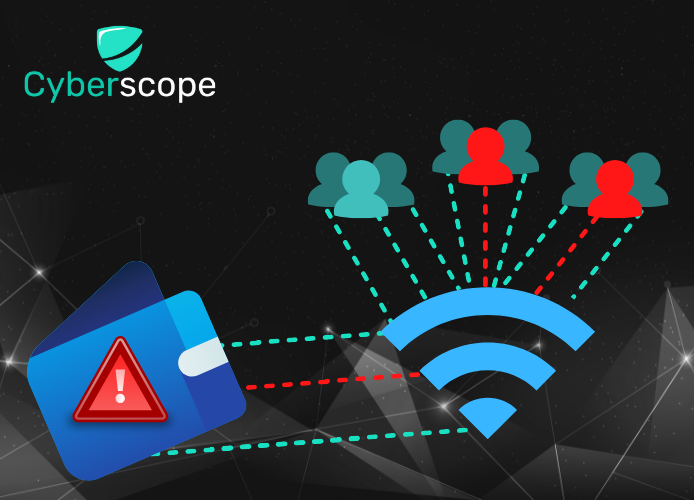.jpg%3Falt%3Dmedia&w=640&q=75)

10 Tips for Securing Your Crypto Wallet

Introduction
As we’ve seen from countless events over the last years, cryptocurrencies and the infrastructure that supports them are constantly under attack. Crypto exchanges are prime targets for cyber-criminals who are always looking for ways to steal your money. As if that wasn’t enough, cryptocurrency wallets themselves can also be vulnerable to attacks if you are not careful enough. Therefore, it’s important to keep your wallet safe and secure at all times. In this article, we will discuss the importance of keeping your crypto wallet secure and some tips on how to do so.
What is a Crypto Wallet
Before we mention some tips on how to secure your crypto wallet, it’s important to understand what it actually is. A cryptocurrency wallet is a digital wallet that stores your private keys and interacts with various blockchains. It also enables users to send and receive digital currency and monitor their balance.
Some of the most known crypto wallets that a major number of crypto holders are using right now are Metamask, TrustWallet, Exodus, Coinbase and Crypto.com.
Why Security is Important For Your Crypto Wallet
It’s no secret that security is important. Whether you’re securing your home, your car or your business, there are always risks to consider. But when it comes to your crypto wallet, the risks are even greater as the money you have been investing for years can be stolen due to a simple mistake and sometimes without a trace.
As you can understand, one of the most important things you can do to protect your investment is to keep your crypto wallet secure.
10 Ways to Secure Your Crypto Wallet
In the following section, we will analyze 10 tips that will prove useful in securing your crypto wallet from hacks and other malicious actions.
1. Use a Cold Wallet
When it comes to cryptocurrency you may meet two types of wallets. The Hot and the Cold wallets.
Hot wallets (like Metamask) are connected to the internet and that makes them vulnerable to online attacks. Although they offer convenience by allowing you to log in from anywhere at any time, they come with a greater risk of data theft and breaches.
Cold wallets, on the other hand, are hardware devices (like USB sticks), that are not connected to the internet. Cold wallets, while requiring some technical knowledge to set up, are considered much safer. Furthermore, even if they are offline, there are ways to recover them in case they are stolen or destroyed.
2. Secure your seed phrase
A seed phrase, also known as a mnemonic or recovery phrase, is a list of words that store all the information needed to recover a crypto wallet. If you lose your wallet, you can use your seed phrase to regenerate it. Your wallet is only as safe as the seed phrase you use to access it. Be sure not to share it online or store it on public devices.
3. Create a strong password and change it frequently
Similar to all online accounts, it’s important to create a strong password that will be difficult for someone to guess. It should be at least 8 characters long and include a mix of uppercase and lowercase letters, numbers, and special characters. To keep your wallet secure, it’s also important to change your password frequently.
4. Distinct crypto investments from personal/work activities
Make sure to keep your cryptocurrency trading separate from your personal and work devices. Create a new email account to use exclusively with your crypto wallet rather than using a personal or work email address that could be easier to be compromised.
5. Use 2FA
Two-factor authentication (2FA) is an additional layer of security used to protect online accounts. Even if someone knows your password, they will not be able to log in to your account unless they also have access to the second factor, which is usually a code sent to your phone or your email address. 2FA is an important tool for keeping your accounts secure, and it’s something you should consider using for all your online accounts and wallets.

6. Always invest in credible projects
When it comes to investing, always go with credible projects. With so many options out there, it can be tough to know which ones to choose. But by sticking with reliable sources, you can rest assured that your investment will be in good hands. Always choose projects from legitimate platforms and those that have Audit or Know Your Customer (KYC) certification.
7. Beware of phishing
Phishing is a type of cyber attack that usually uses fraudulent emails to trick users into clicking on malicious links or providing personal information. Phishing emails often look like they come from a legitimate source, such as a trusted website or company. This makes them difficult to spot, but there are some tell-tale signs that can help you identify one like checking if the sender’s email address uses an official domain of the company.
Another type of phishing attack is when scammers create fake websites that look identical to legitimate ones. In that way, they try and trick users into entering their login credentials or other sensitive information only for the scammers to retrieve them later. Similar to emails, a good method will be to check if the URL of the website is one of the official domains of the corresponding firm.
8. Avoid Public Networks
If you’re looking to keep your personal information safe, then you should avoid public wifi at all costs. Hackers love public wifi networks because they’re easy to exploit and there are often a lot of people using them. That means that there’s a greater chance that they’ll be able to find someone to hack into. They can also easily set up fake hotspots and intercept data sent over the network. This can lead to data theft that can be used later to compromise your wallet.
So if you want to avoid being the next victim of public wifi hacking, then it’s best to steer clear of these networks.

9. Double-Check the Destination Address
A wallet address is simply a string of alphanumeric characters that represent the destination for a cryptocurrency transaction. Just as you need a bank account number to receive a wire transfer, you need a wallet address to receive cryptocurrency. Make sure you double-check the wallet address of the recipient before sending any amount, as malicious software can replace it with a hacker’s address. Transactions on the blockchain network cannot be reversed, so once the operation is complete, there is no turning back.
10. Keep your software up to date
New security threats are constantly emerging and new features and security updates are released to repel them. By keeping your wallet’s software up to date, you can be sure that you’re using the most secure and efficient version of the software. Also by using the latest version, you may be able to access your funds in case any change occurs in the networks that your crypto assets use.
Conclusion
A crypto wallet is like a key to your home; you wouldn’t want just anyone to have access to it. In the same way, you don’t want just anyone to be able to access your crypto investments. Always do your own research and try to apply as many security measures as possible to keep your wallet and consequently your investments shielded against all possible threats.
Recent Posts
.jpg%3Falt%3Dmedia&w=640&q=75)


What is a Fallback Attack in Smart Contracts?
5 months ago
